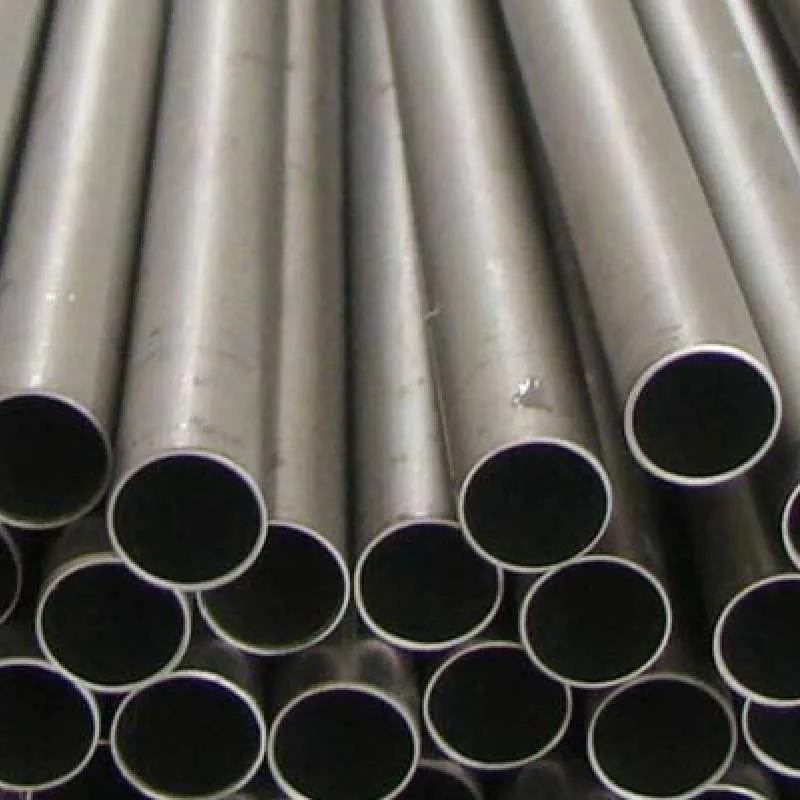-
Cangzhou Yulong Steel Co., Ltd.
-
Phone:
+86 13303177267 -
Email:
admin@ylsteelfittings.com
- English
- Arabic
- Italian
- Spanish
- Portuguese
- German
- kazakh
- Persian
- Greek
- French
- Russian
- Polish
- Thai
- Indonesian
- Vietnamese
- Zulu
- Korean
- Uzbek
- Hindi
- Serbian
- Malay
- Ukrainian
- Gujarati
- Haitian Creole
- hausa
- hawaiian
- Hebrew
- Miao
- Hungarian
- Icelandic
- igbo
- irish
- Japanese
- Javanese
- Kannada
- Khmer
- Rwandese
- Afrikaans
- Albanian
- Amharic
- Armenian
- Azerbaijani
- Basque
- Belarusian
- Bengali
- Bosnian
- Bulgarian
- Catalan
- Cebuano
- China
- China (Taiwan)
- Corsican
- Croatian
- Czech
- Danish
- Esperanto
- Estonian
- Finnish
- Frisian
- Galician
- Georgian
- Kurdish
- Kyrgyz
- Lao
- Latin
- Latvian
- Lithuanian
- Luxembourgish
- Macedonian
- Malgashi
- Malayalam
- Maltese
- Maori
- Marathi
- Mongolian
- Myanmar
- Nepali
- Norwegian
- Norwegian
- Occitan
- Pashto
- Dutch
- Punjabi
- Romanian
- Samoan
- Scottish Gaelic
- Sesotho
- Shona
- Sindhi
- Sinhala
- Slovak
- Slovenian
- Somali
- Sundanese
- Swahili
- Swedish
- Tagalog
- Tajik
- Tamil
- Tatar
- Telugu
- Turkish
- Turkmen
- Urdu
- Uighur
- Welsh
- Bantu
- Yiddish
- Yoruba

Nov . 13, 2024 14:11 Back to list
flange types
Understanding Flange Types A Comprehensive Overview
Flanges are essential components in various engineering and manufacturing applications, serving as connectors between pipes, valves, pumps, and other equipment. They play a crucial role in ensuring the integrity and security of fluid and gas systems. Understanding the different types of flanges is vital for professionals in industries such as oil and gas, water treatment, and chemical processing. In this article, we will explore the various flange types, their applications, and key characteristics.
1. Weld Neck Flange
Weld neck flanges are characterized by a long neck that gradually goes down to the pipe. This design allows for easy alignment and welding. These flanges are commonly used in high-pressure and high-temperature applications, making them ideal for pipelines carrying hazardous materials. The gradual transition from flange to pipe helps reduce stress concentrations, ensuring better performance under extreme conditions.
2. Slip-On Flange
Slip-on flanges are designed to slide over the pipe end, making them relatively easy to install. They are often welded both inside and outside to provide strength and prevent leakage. These flanges are ideal for low-pressure applications and offer a cost-effective solution for many industries. However, they are not suited for high-stress scenarios due to potential stress concentration issues.
3. Blind Flange
Blind flanges are solid discs used to seal the ends of piping systems. They are critical for pressure retention in closed systems and are often used for maintenance purposes. In the event of repairs or alterations, blind flanges can be removed without needing to dismantle the entire system, making them a practical solution in various industrial settings.
flange types

Threaded flanges are designed for use with pipes that have external threads. This allows for easy assembly and disassembly without welding, which can be advantageous in low-pressure applications. However, they are not typically recommended for high-pressure scenarios, as the threads can create potential leak points.
5. Socket Weld Flange
Socket weld flanges are fitted over the pipe, allowing for a smooth and continuous weld at the joint. This design is ideal for small-diameter piping systems and helps maintain the integrity of the flow. Socket weld flanges are commonly used in industries where cleanliness is paramount, such as pharmaceuticals and food processing.
6. Lap Joint Flange
Lap joint flanges are typically used in conjunction with a stub end. They allow for easy alignment and can slip over the pipe, making them ideal for systems requiring frequent maintenance. This flange type provides flexibility in assembly and disassembly without compromising the performance of the connected system.
7. Regular and Reducing Flange
Regular flanges come in standard sizes and are typically used when the pipe diameter remains constant. Reducing flanges, on the other hand, are used when there is a change in pipe diameter, allowing different sizes of pipes to be connected efficiently. This versatility is crucial in systems where different pipe sizes are necessary.
Conclusion
In summary, the choice of flange type is influenced by various factors, including pressure, temperature, and alignment requirements. Understanding the characteristics and applications of each flange type can significantly impact the efficiency and safety of piping systems. Whether you are involved in the design, installation, or maintenance of industrial systems, having knowledge of flange types will allow for better decision-making and enhanced performance in your operations. As technology continues to evolve, keeping abreast of the latest developments in flange design and materials will ensure that you can meet the demands of modern engineering challenges effectively.
Latest news
-
ANSI 150P SS304 SO FLANGE
NewsFeb.14,2025
-
ASTM A333GR6 STEEL PIPE
NewsJan.20,2025
-
ANSI B16.5 WELDING NECK FLANGE
NewsJan.15,2026
-
ANSI B16.5 SLIP-ON FLANGE
NewsApr.19,2024
-
SABS 1123 FLANGE
NewsJan.15,2025
-
DIN86044 PLATE FLANGE
NewsApr.19,2024
-
DIN2527 BLIND FLANGE
NewsApr.12,2024
-
JIS B2311 Butt-Welding Fittings LR/SR 45°/90° /180°Seamless/Weld
NewsApr.23,2024











